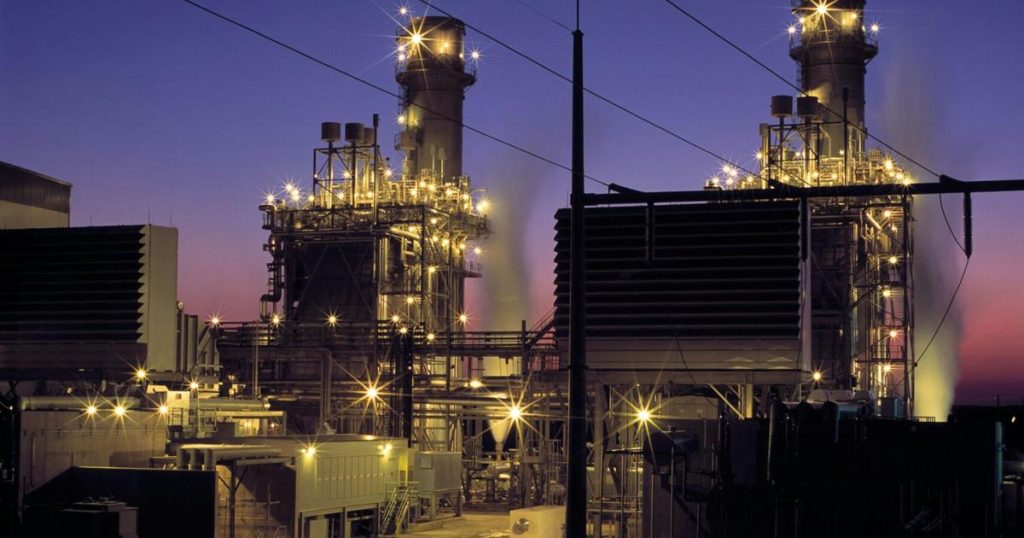(The Center Square) – The potential growth of data centers and industrial facilities in Pennsylvania could boost the state’s economy, but it also has utility officials weighing new regulations to manage the surge in electricity demand, prevent grid overloads and protect ratepayers from unfair cost burdens.
The Pennsylvania Public Utility Commission, or PUC, is addressing the challenges posed by the rapid growth of large load customers – particularly data centers – through a series of public hearings aimed at developing a model tariff to guide interconnection and rate structures.
On April 24, the commission heard testimony from electric distribution companies, data center operators, and statutory advocates. Participants underscored the need for transparent, equitable policies to maintain grid reliability, protect existing ratepayers, and enable economic development.
Vice Chair Kim Barrow expressed cautious optimism, citing challenges such as base load requirements, climate-driven superstorms, infrastructure limitations, and unprecedented demand growth – especially from data centers that can draw as much power as a mid-sized city.
She stressed that meeting these challenges would require thoughtful regulatory approaches and “radical transparency.”
Representatives from Amazon Data Services, Google, Vantage Data Centers, and the Data Center Coalition emphasized the need for tariffs that are fair, transparent, and grounded in cost-causation principles.
Recommendations include:
Reasonable interconnection timelines: 3–6 months for studies, 12–18 months total; transparent and predictable interconnection processes.Flexible financial security requirements based on project risk.Long-term contracts with provisions for load ramping schedules.Recognition of customer-owned infrastructure and the prioritization of new generation co-location projects.
“When customers bring their own new generation alongside the new load, they are not simply adding demand,” stated Vantage Data Centers Vice President of Utility & Regulatory Shawn Smith. “In reality, they are helping to offset their own load, improving system resiliency, and reducing net stress on the grid.”
Electric distribution companies, or EDCs, represented by Duquesne Light Co., First Energy, PPL, and PECO, echoed many of the data center providers’ recommendations and supported requiring co-location projects for large load customers.
Other recommendations include:
Clear guidelines on cost recovery and customer-funded infrastructure.Interconnection processes that protect existing customers from potential stranded costs. Prefer a policy statement over a strict model tariff to allow for innovation and adaptability. Require large load developers to bear the cost of studies and infrastructure investment.
C. James Davis, director of rates and energy procurement at Duquesne Light, noted that a single data center could account for 30% of the current peak load in its service area.
Similarly, four of these projects could raise PECO’s overall peak demand by 3.8 gigawatts, representing nearly a 40% increase in demand on the company’s distribution system, said Richard Webster, PECO’s vice president of regulatory policy and strategy.
Statutory advocates testifying included the Office of Consumer Advocate and the PUC’s Bureau of Investigation and Enforcement. They concurred with many recommendations from the previous two panels and supported the development of a model tariff – but stressed that any framework must protect existing customers from stranded costs and unfair costs shifts.
They also urged that the tariff allow case-by-case flexibility while maintaining uniform standards for transparency and accountability.
Allison Kaster, chief prosecutor for the Bureau of Investigation and Enforcement, noted that data centers often require large water supplies for cooling, which could impact system pressure and water source reliability – especially in light of recent droughts and usage restrictions in Pennsylvania.
“Therefore,” she said, “it is important not to lose sight of the other potential impacts on Pennsylvania’s utility customers.”
PA PUC Chairman Stephen DeFrank said they will continue to gather input and collaborate with stakeholders as the commissioners consider whether to move forward with a model tariff or issue a broader policy statement.
“This is a challenging issue,” said DeFrank, “but with great challenge also comes great opportunity.”
He added that the commonwealth is well situated to meet the needs of this new industry, and they will work together to address these challenges in a meaningful way for the benefit of ratepayers in Pennsylvania.
“If we are able to attach these facilities to the local distribution system, all benefit.”


